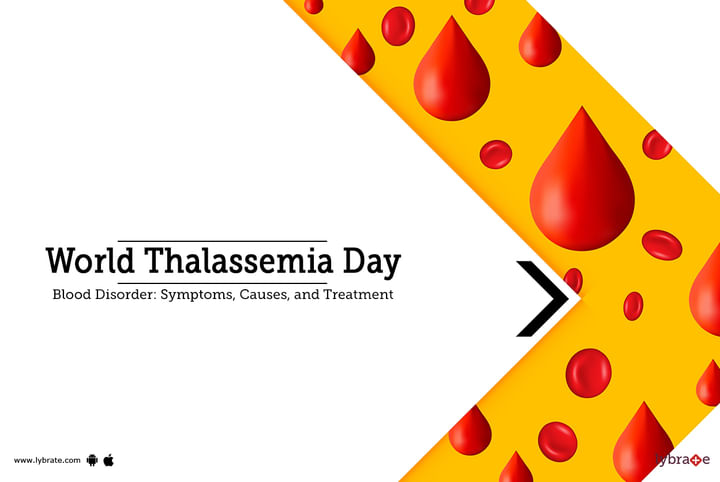World Thalassemia Day: Blood Disorder: Symptoms, Causes, and Treatment
World Thalassaemia Day is observed every year on the 8th of May. The goal of this day is to promote awareness of the disease and to help thalassemia patients live a normal life despite the disease's burden. 'The opening of a new century for thalassemia,' is the theme for International Thalassaemia Day 2022, which indicates it's time for a global effort to make breakthrough medications accessible and cheap to sufferers.
What Exactly Is Thalassemia?
Thalassemia is a blood disorder in which your body produces much less hemoglobin than it should. This disease is passed on from generation to generation. The oxygen-carrying protein in red blood cells is hemoglobin. Low hemoglobin levels produce thalassemia, which manifests as anemia.
The Causes
Thalassemia is a hereditary disease. It comes from your parents. Now, testing is performed before a child's birth in order to take the essential actions at an early stage. Because this condition is inherited, it cannot be avoided.
Symptoms of Thalassemia
Thalassemia symptoms vary depending on the kind and severity of the condition. Here are some of the most typical signs and symptoms:
- Pale-colored skin
- Bone deformities are a type of deformity that occurs when the bones are
- Consistent exhaustion and black urine
- Weakness
- The rate of growth is sluggish.
- The abdomen is swollen.
Treatment Plans For Thalassemia
Treatment is not required for mild types of thalassemia trait. Treatments for mild to severe thalassemia may include:
- Blood transfusions are typically required for more severe cases of thalassemia, potentially every several weeks. Blood transfusions generate an accumulation of iron in your blood, which can harm your heart, liver, and other organs over time.
- Chelation therapy is a type of treatment that involves the use of chemicals This is a therapy for excess iron in the blood. Regular transfusions might cause an accumulation of iron. Excess iron can accumulate in thalassemia patients who do not receive frequent transfusions.
- Transplantation of stem cells. A stem cell transplant or bone marrow transplant may be a possibility in some circumstances. It can eliminate the requirement for lifelong blood transfusions and iron overload medicines in children with severe thalassemia. This treatment entails getting stem cell infusions from a suitable donor, typically a sibling.
Living With Thalassaemia
Due to low hemoglobin levels and anemia, thalassemia individuals grow slowly. As a result, eating a balanced diet is crucial. To avoid difficulties, get in touch with your doctor for medicines and vitamins on a regular basis.



+1.svg)
